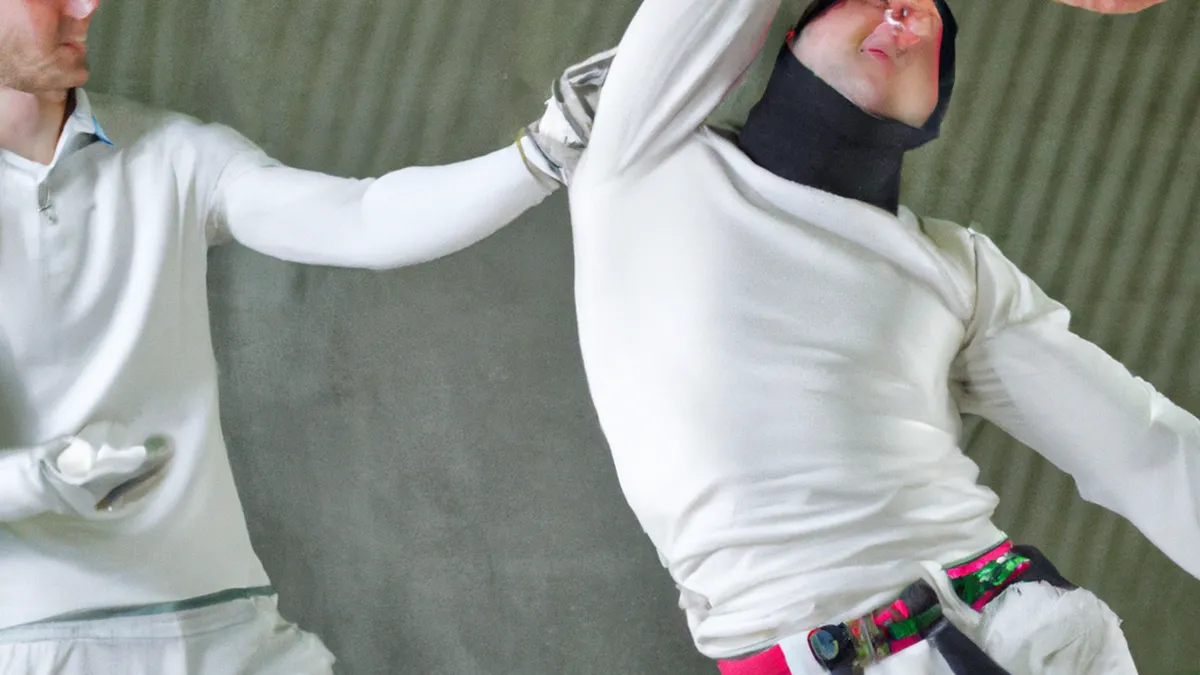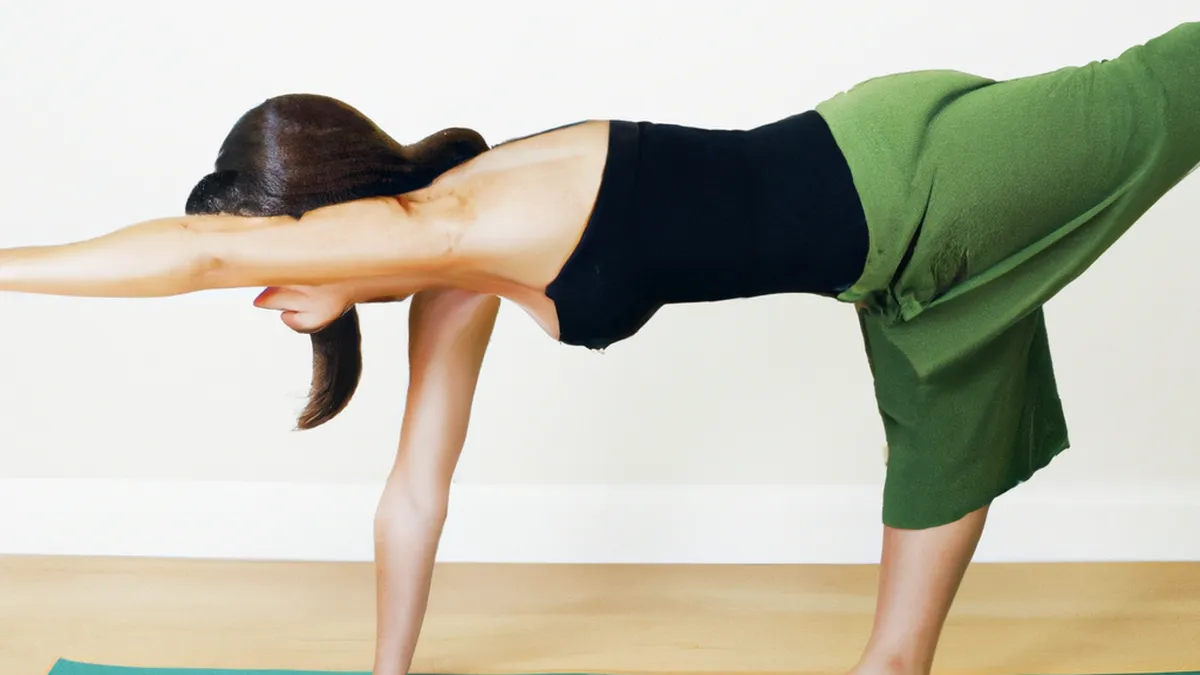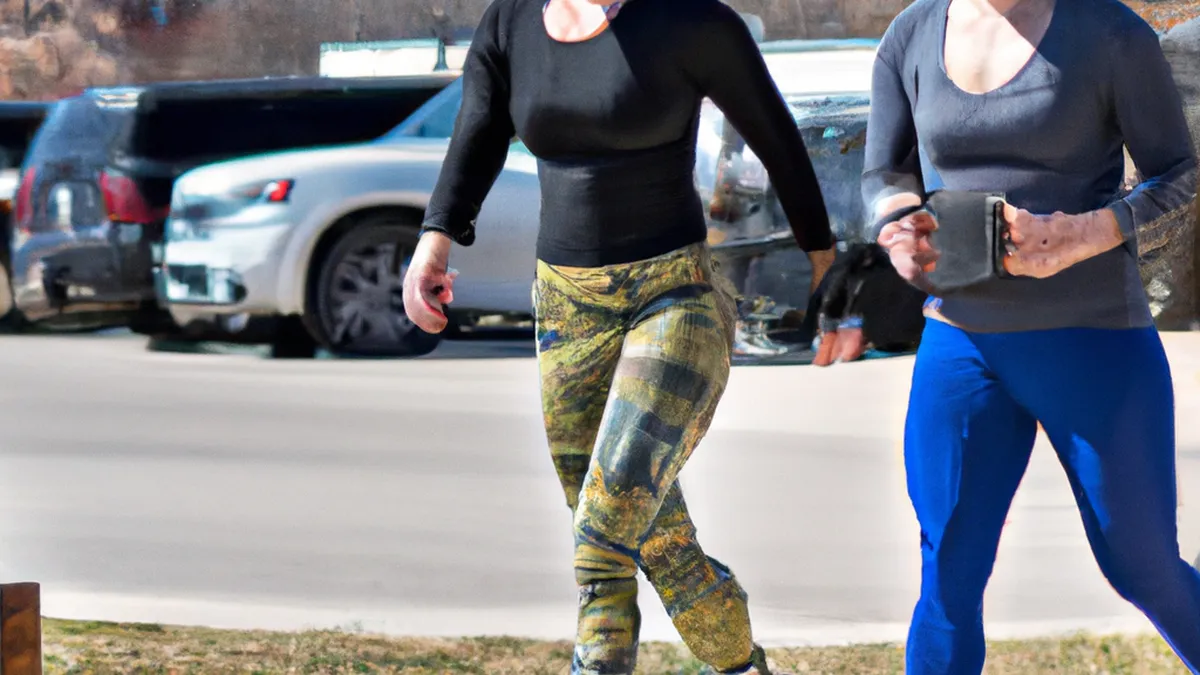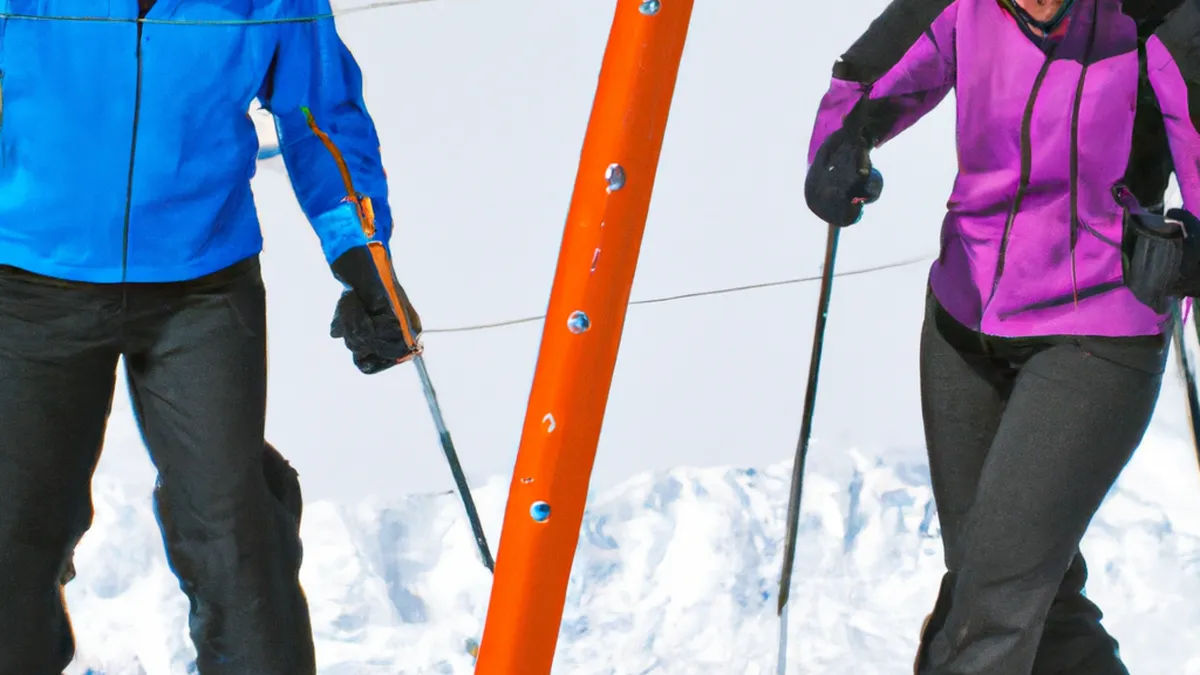Banish Muscle Soreness with Cold Therapy
Cold Therapy for Muscle Soreness: A Comprehensive GuideMuscle soreness often follows a workout. Both seasoned athletes and weekend warriors experience it. This discomfort usually appears after intense training and can last for days. Cold therapy offers significant relief. This blog explores how cold therapy reduces muscle soreness and provides tips for faster recovery.
Understanding Muscle Soreness
Muscle soreness typically occurs after intense activity. It often results from exercises your body isn’t used to or high-intensity workouts. You may feel soreness 24 to 72 hours after exercising, known as delayed onset muscle soreness (DOMS). DOMS arises from microscopic damage to muscle fibers, a necessary part of building strength and endurance. While this damage supports muscle growth, it can also cause discomfort, prompting many to seek relief through methods like cold therapy.
How Cold Therapy Works
As an Amazon Associate I earn from qualifying purchases.
Gear tip: consider compression socks, stopwatch, and compression sleeves to support this topic.
Cold therapy, or cryotherapy, involves applying cold to sore muscles. It reduces blood flow to the affected area. This constriction minimizes swelling and inflammation common after muscle strain. Cold applications also numb the area, providing temporary pain relief.
Different Methods of Cold Therapy
Several methods apply cold therapy, each with advantages:1. **Ice Packs**: Wrap ice in a cloth or use a commercial pack. Apply it directly for 15-20 minutes. Take breaks to prevent skin damage.2. **Cold Baths**: Fill a tub with cold water and immerse your body or sore muscles. Stay in for 10-15 minutes for a comprehensive cooling effect.3. **Cryotherapy**: Cryotherapy uses extreme cold, often liquid nitrogen, for treating injuries. Athletes increasingly use this method. Despite the higher cost, many report significant relief and quicker recovery.4. **Cold Compresses**: Refrigerate or freeze fabrics or gels to apply to sore areas. They’re portable and useful for discomfort anytime.5. **Cryo-Facial Treatments**: These treatments primarily rejuvenate skin but can also assist muscle recovery by cooling tissue.
Tips for Effective Cold Therapy
Maximize cold therapy benefits with these tips:
Timing Matters
Apply cold therapy immediately after your workout. Starting treatment sooner enhances its effectiveness.
Conclusion
Cold therapy effectively alleviates muscle soreness. Use these methods and tips to recover faster.
Below are related products based on this post:
FAQ
What is muscle soreness?
Muscle soreness typically occurs after intense activity, especially when the body is unaccustomed to certain exercises or following high-intensity workouts. It can manifest as delayed onset muscle soreness (DOMS), which usually appears 24 to 72 hours post-exercise due to microscopic damage to muscle fibers.
How does cold therapy help with muscle soreness?
Cold therapy, or cryotherapy, works by applying cold to sore muscles, which reduces blood flow to the area. This constriction minimizes swelling and inflammation while also providing temporary pain relief through numbing effects.
What are some methods of cold therapy?
Various methods of cold therapy include ice packs, cold baths, cryotherapy, cold compresses, and cryo-facial treatments. Each method has its advantages, such as portability or effectiveness, allowing individuals to choose based on their needs.















Post Comment